Greetings from sleepy little Luang Prabang Laos!
After leaving Bangkok, our group headed to northern Thailand’s Golden Triangle where we made photographs in rice paddies along the Mekong river, explored local temples and monasteries and observed monks chanting at a hilltop retreat. We even made a quick foray into Myanmar, to experience the profound differences that exist in the adjacent border towns.
The main reason for our visit to northern Thailand was to meet and photograph the “long necks”. Often referred to as the Padong-Karen long neck tribe or “Kayan” the long neck women are a subgroup of the Red Karen people, a Tibeto-Burman ethnic minority of Burma (Myanmar).
The Kayan are well known for wearing neck rings, brass coils that are placed around the neck, appearing to lengthen it. Girls first start to wear rings when they are around five years old. Over the years the coil is replaced by a longer one and more turns are added. The weight of the brass pushes the collar bone down and compresses the rib cage. The neck itself is not lengthened; the appearance of a stretched neck is created by the deformation of the clavicle (collar bone). Many ideas regarding why the coils are worn have been suggested, often formed by visiting anthropologists, who have hypothesized that the rings protected women from becoming slaves by making them less attractive to other tribes. Contrastingly it has been theorised that the coils originate from the desire to look more attractive by exaggerating sexual dimorphism, as women have more slender necks than men. It has also been suggested that the coils give the women resemblance to a dragon, an important figure in Kayan folklore. Some folks say that the coils are meant to protect wearer from tiger bites, perhaps literally, but probably symbolically. When asked, most acknowledge some or most of these hypotheses, but often they say that their primary purpose for wearing the rings is cultural identity, adornment and beauty.
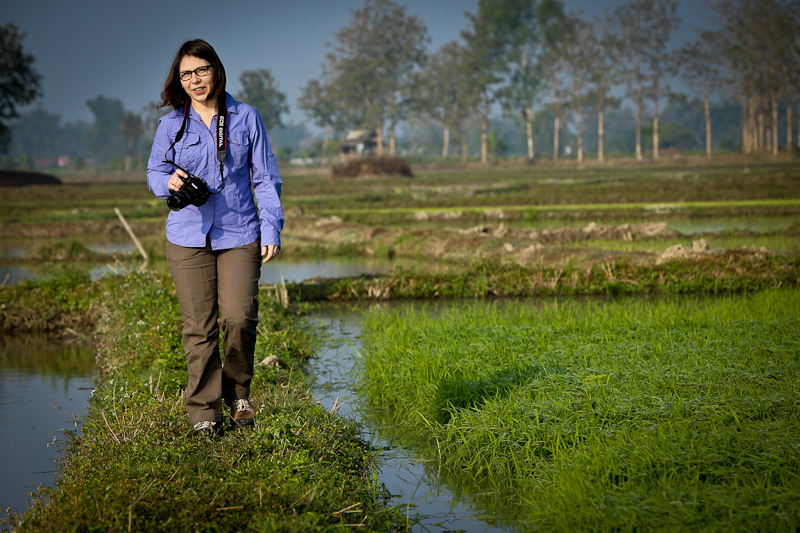 Charissa making her way through a rice paddy
Charissa making her way through a rice paddy
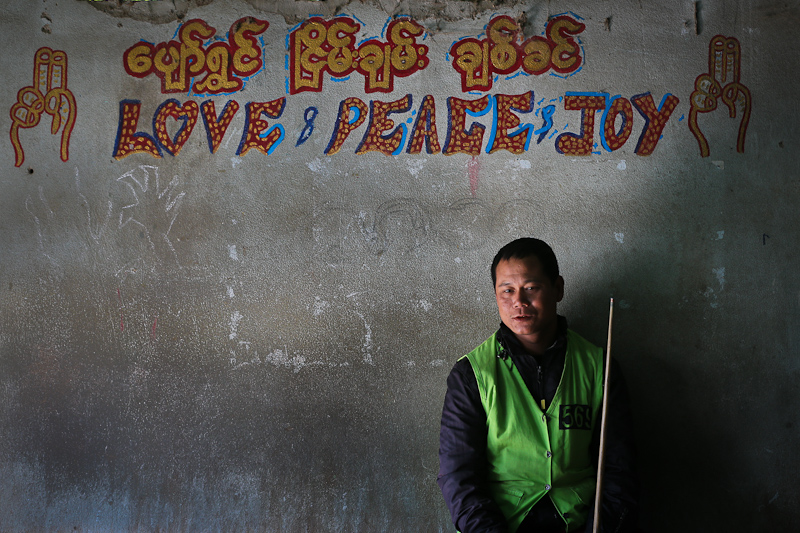 Moto-taxi drivers passing time in a billiard hall, Tachilek, Myanmar
Moto-taxi drivers passing time in a billiard hall, Tachilek, Myanmar
After exploring northern Thailand we embarked on a 2 day river trip from the Thai border to Luang Prabang, Laos in our private boat, stopping to spend the night in remote Pak Beng, a charming village, half way to Luang Prabang. Along the way we made several stops at remote villages to photograph daily life. This particular stretch of the “mighty” Mekong river, winds a scenic and photogenic path through jungles, mountains, teak plantations and farmland en route to Luang Prabang. It’s always an unforgettable journey!


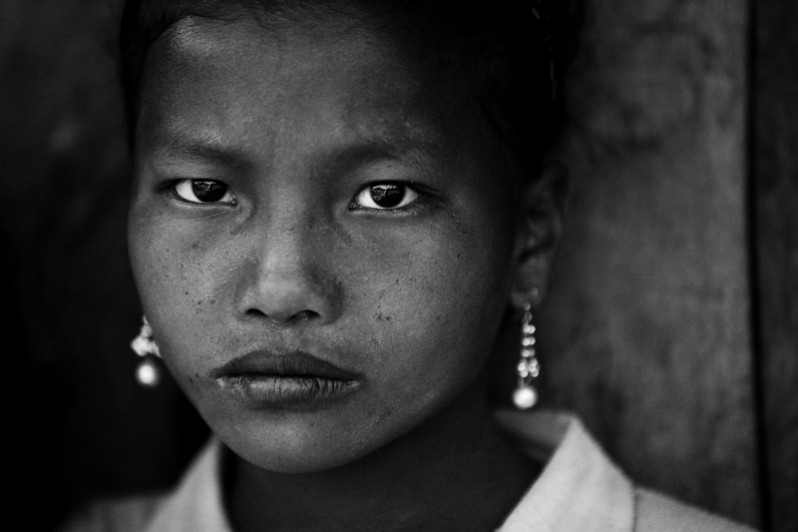



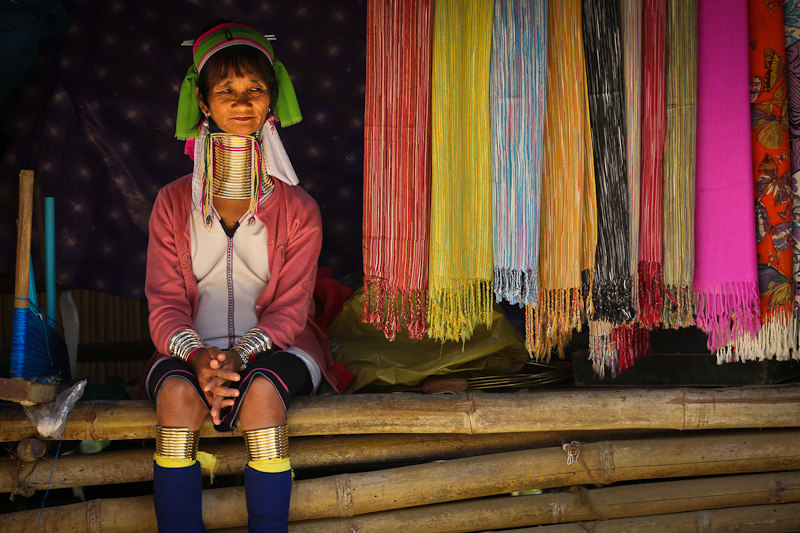
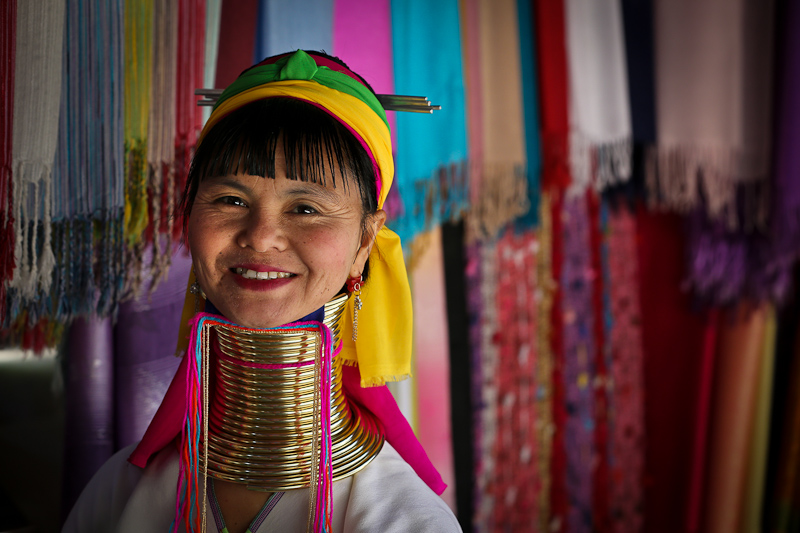
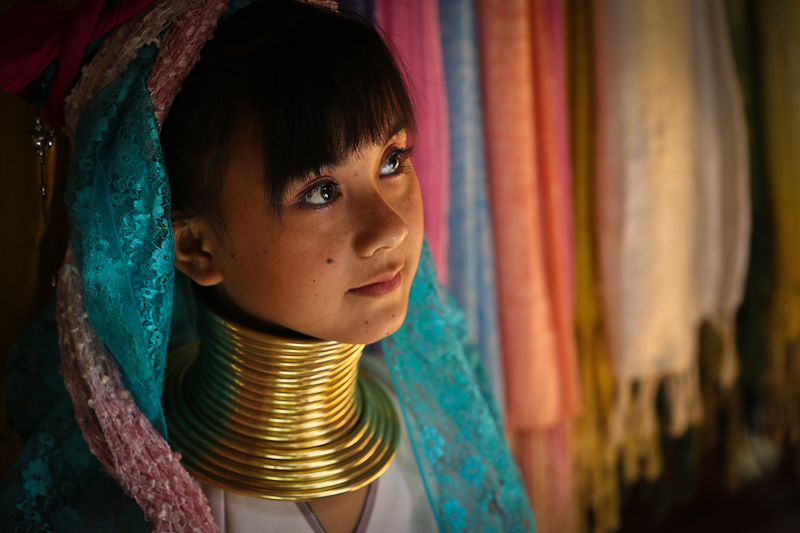
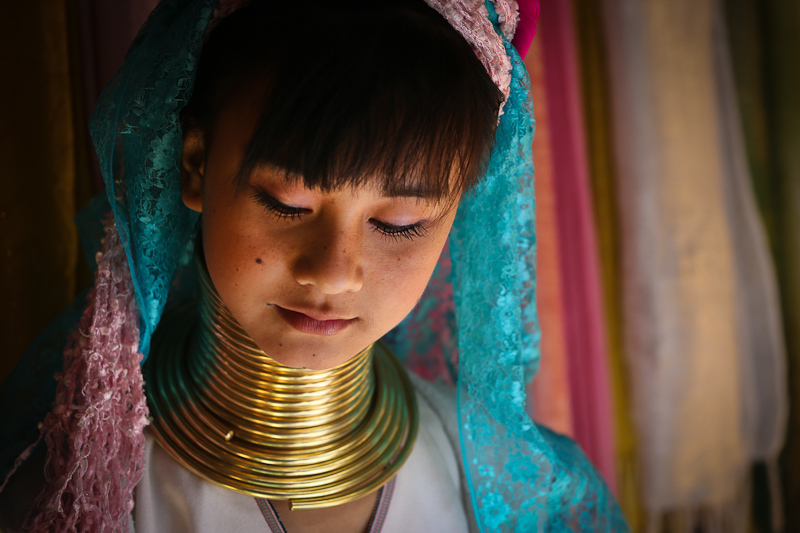
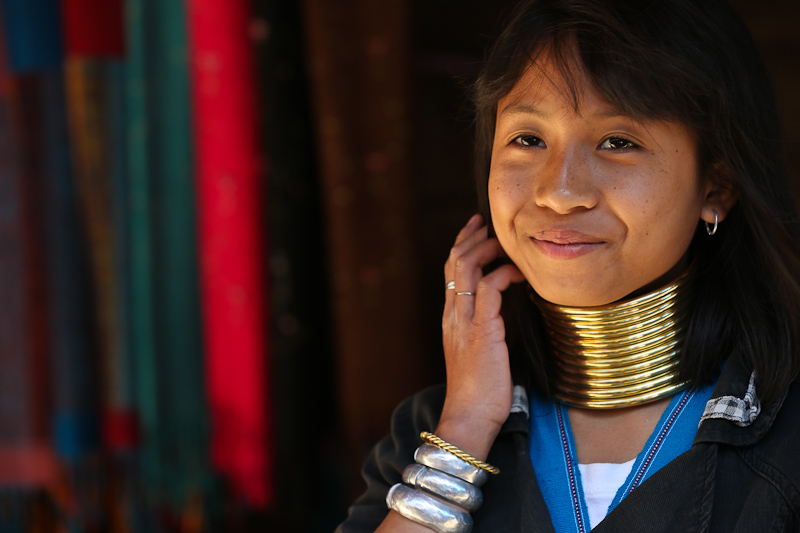
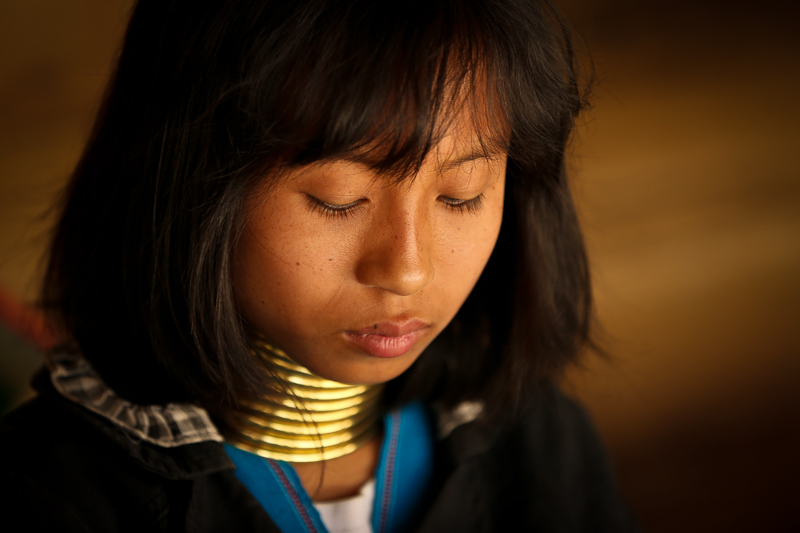

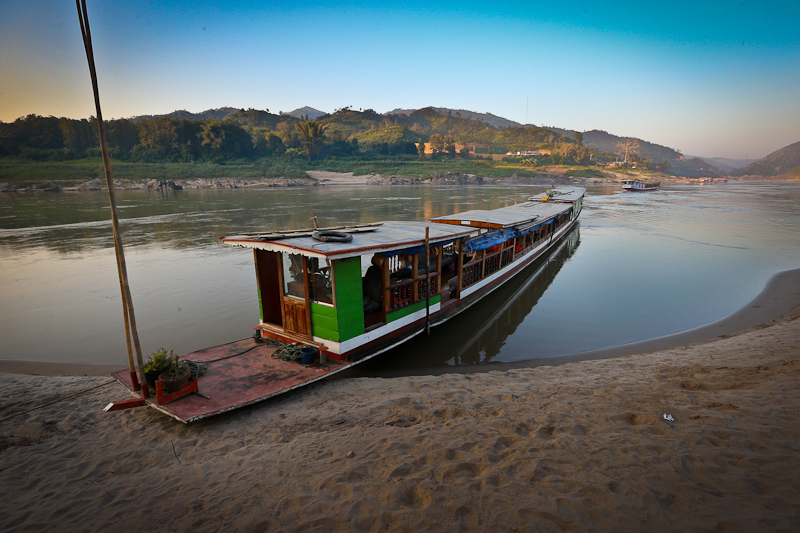


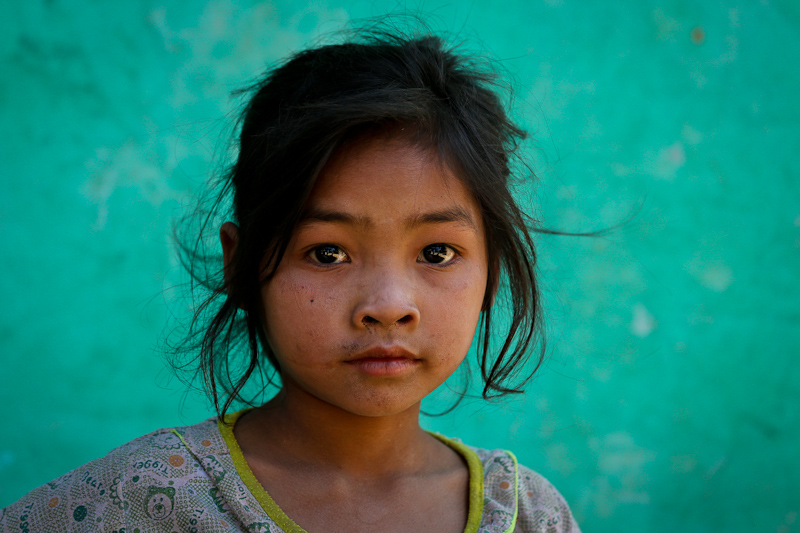
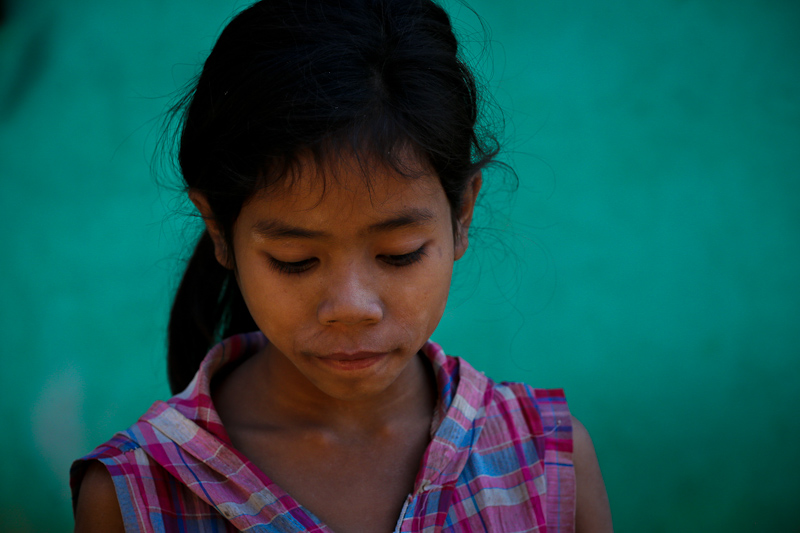
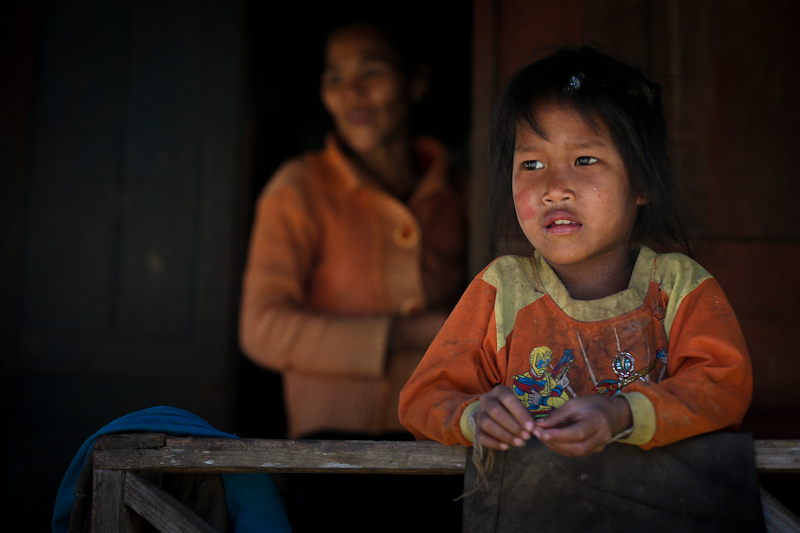
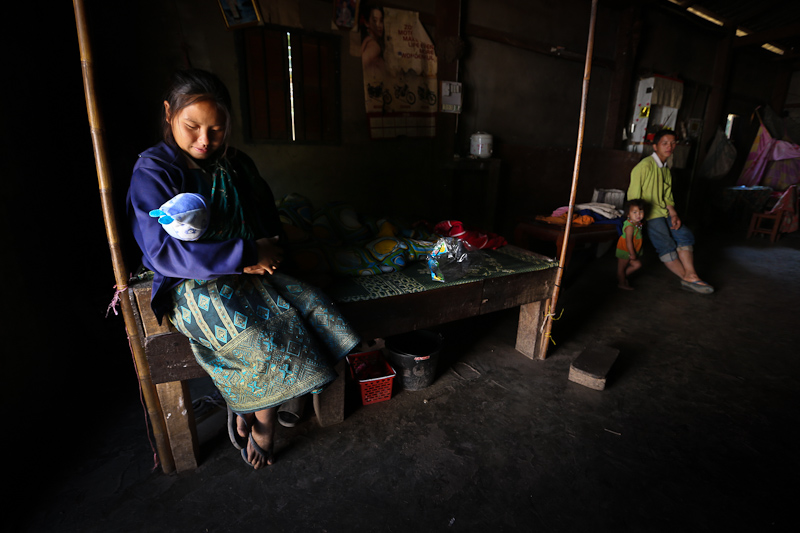
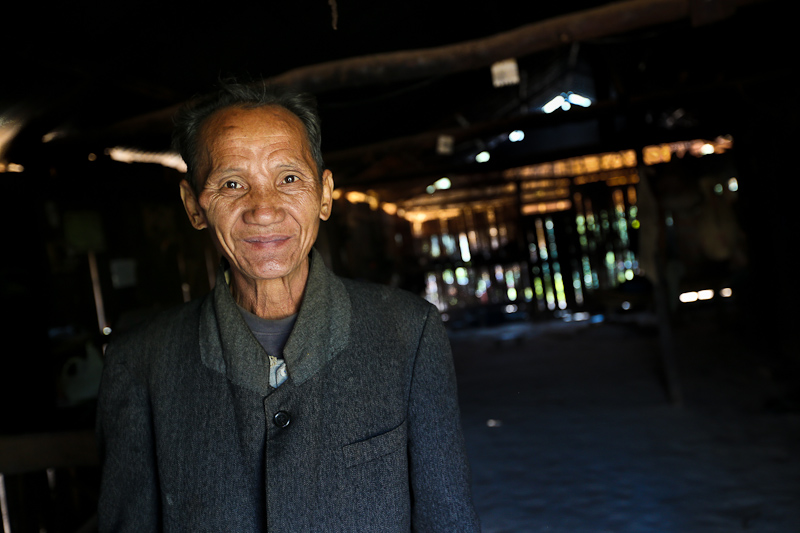
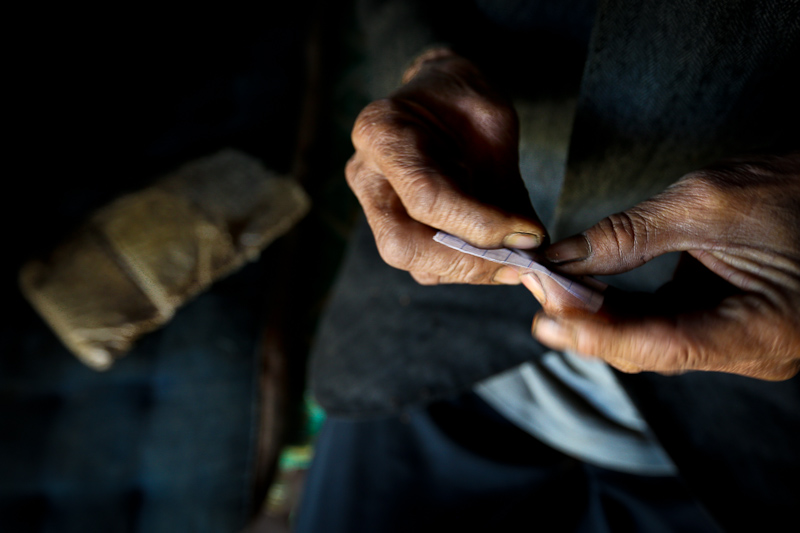
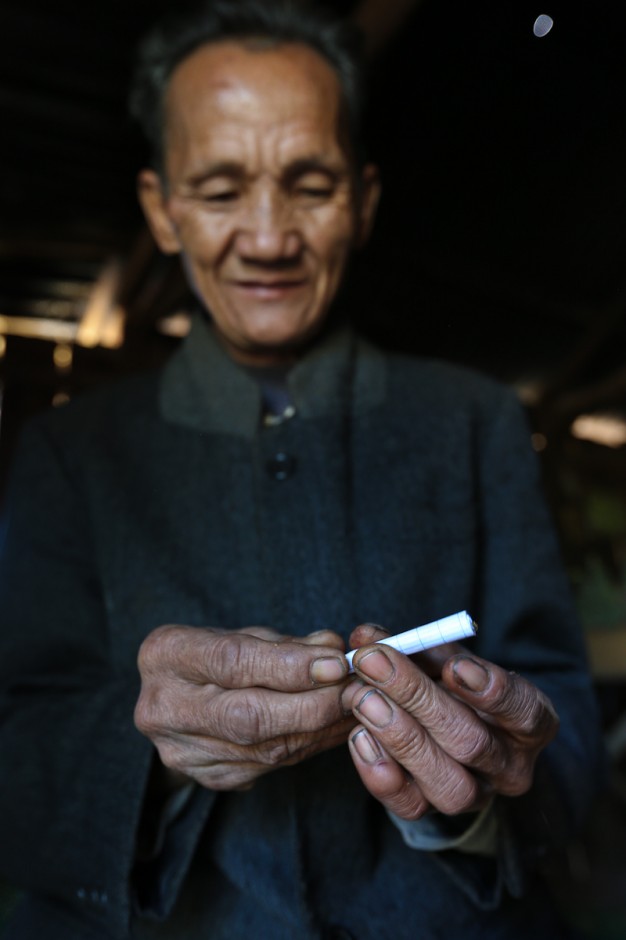

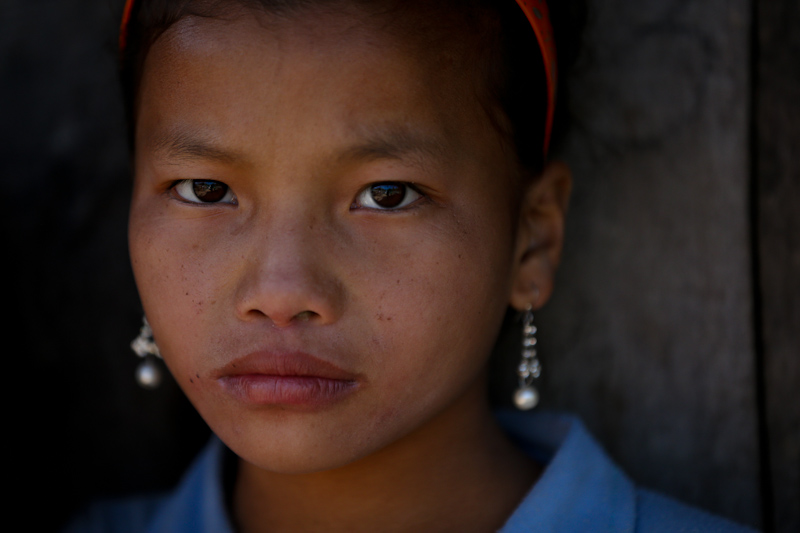
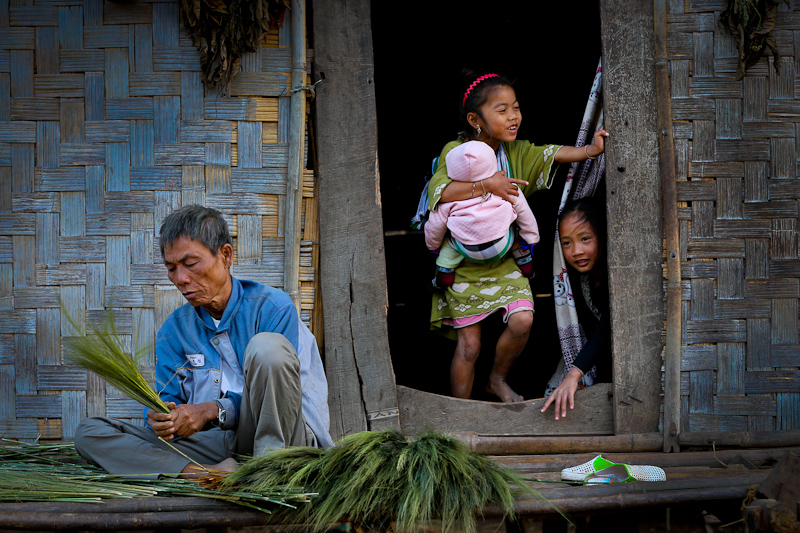
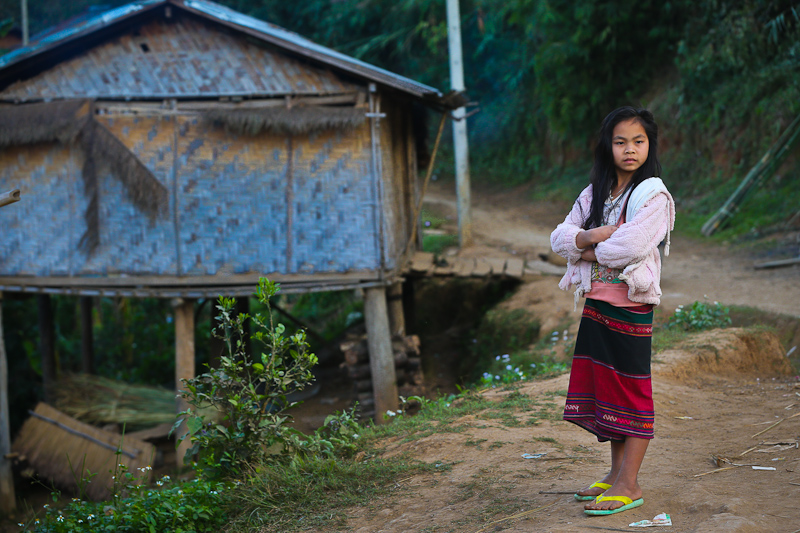






Wow! Amazing photos, Karl! I wish that I were there. I hope that you and all of your group are having an adventure of a lifetime. I am sure that you are!!! Cheers!! Kim Rector 🙂
As always, amazing images. I particularly like the shots of the little girl with a pearl bracelet and the turquoise background.